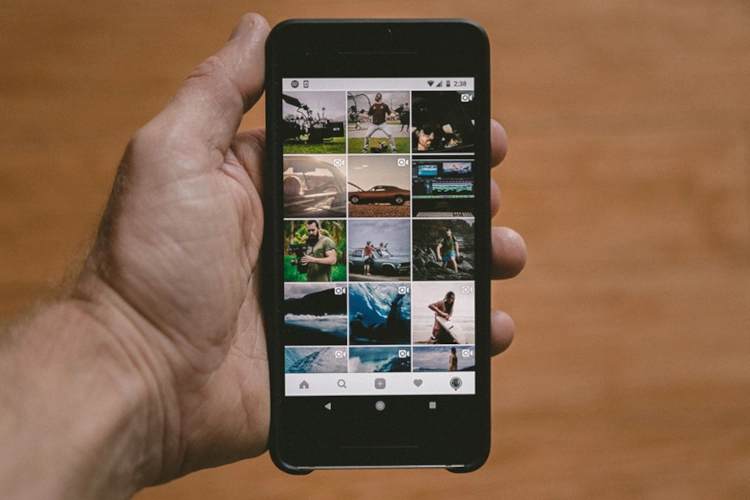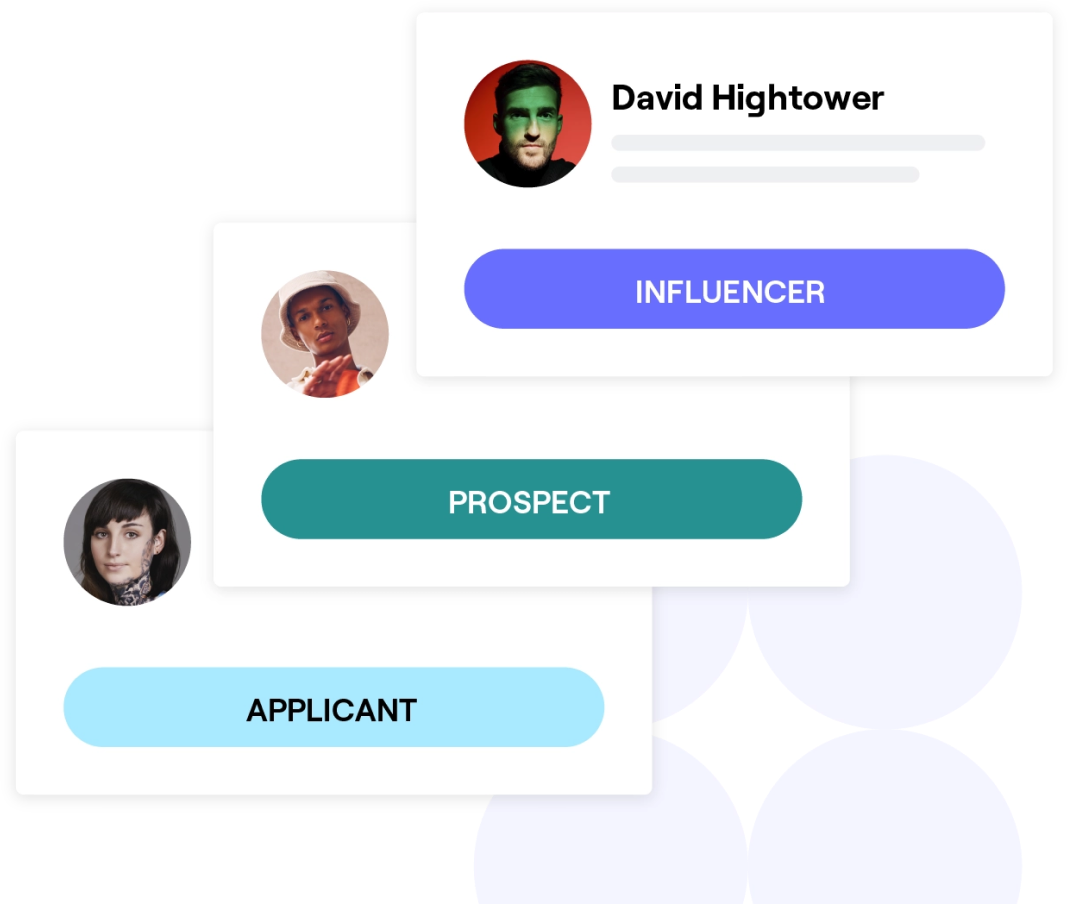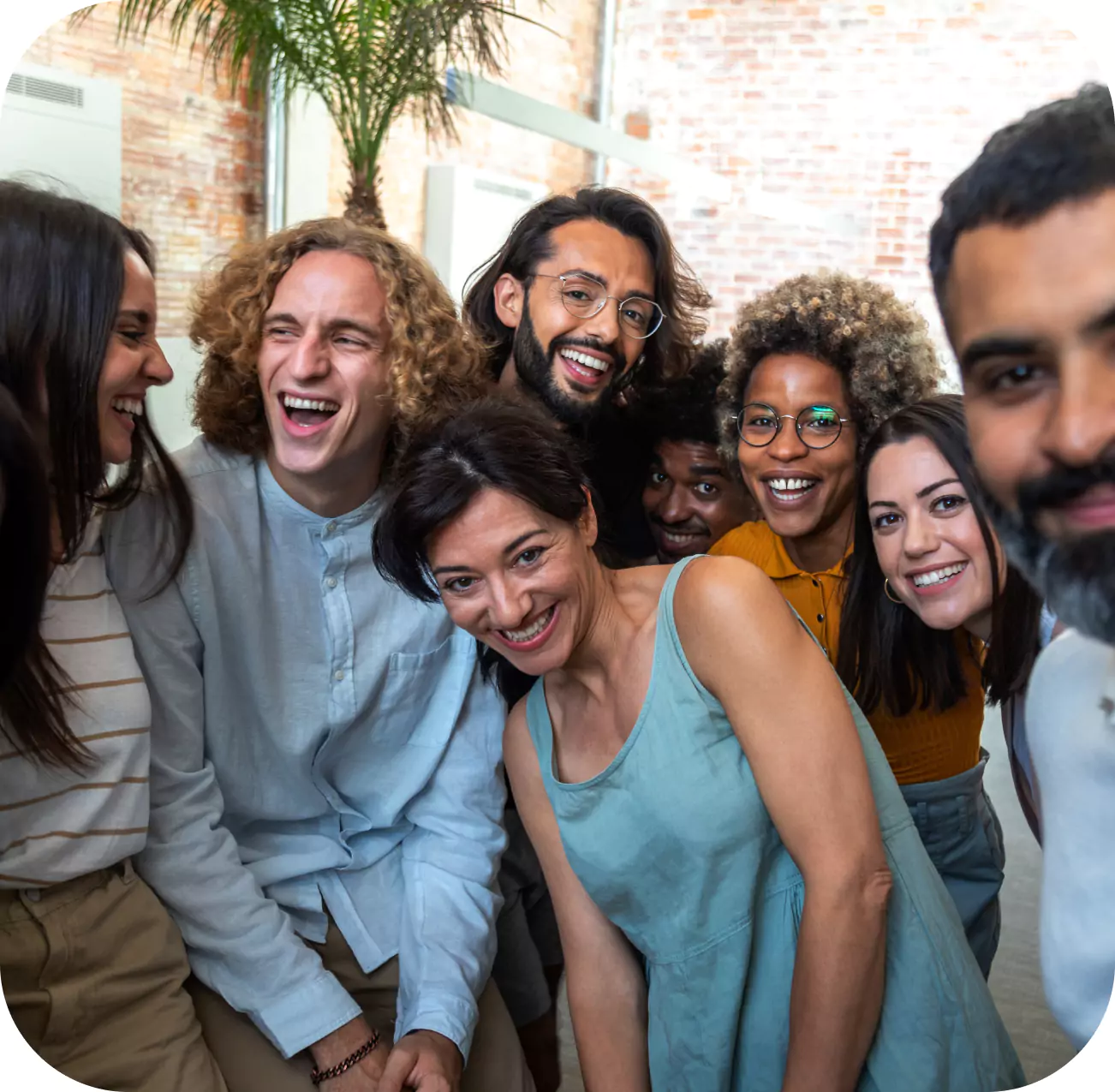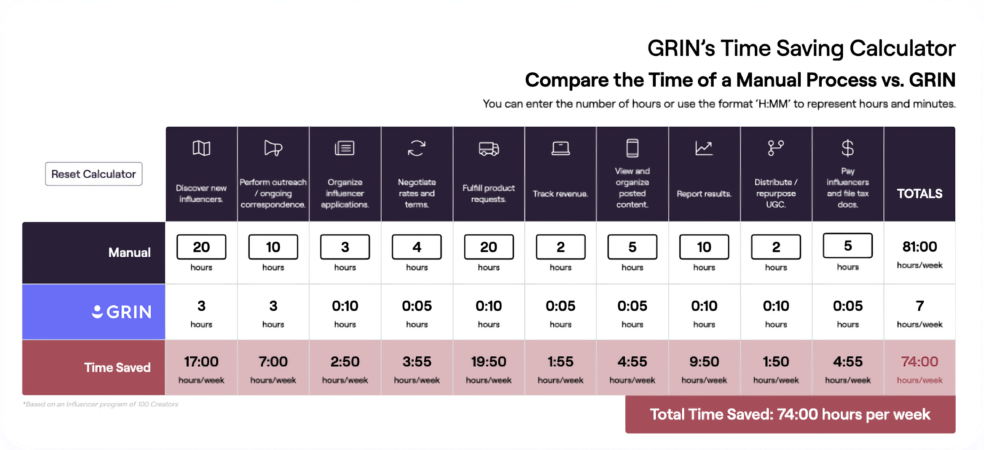If you’ve ever scrolled through a social media platform and searched for posts where a person tagged your brand, you’ve probably seen a goldmine of amazing user-generated content (UGC).
These posts are great for your brand. They show a genuine love for your products or services, and their authenticity helps build trust among your audience.
However, just because someone tags your brand in a post or features your product, it doesn’t mean you have the right to use this content for your marketing.
As the world becomes more connected and people are constantly online, there can be a lot of confusion over what’s free to use and what isn’t.
User-generated content that you don’t have explicit permission to use is off the table.
Fortunately, securing user-generated content rights is often pretty easy. Check out how to do it.
What are content usage rights?
Content usage rights are essentially permission to use a piece of work created by someone else. Whether it’s a photo posted on social media, a song you found on a stock website, or any other creative work, it is the intellectual property of the creator.
Posting images, copy, videos, or any other type of creative content without permission can land your brand in hot water, whether through angry customers, bad PR, or even lawsuits.
How much do content usage rights cost?
There are a lot of factors that can affect the price of content usage rights, including:
- The number of followers or subscribers the creator has. People with larger audiences often charge more.
- The type of content. A single photo Instagram post will likely be cheaper than a 30-minute YouTube video featuring your product.
- How you will use the content. Posting the UGC organically on social media is typically less expensive than using it in paid advertising. And if you’re planning on utilizing it across multiple media, be prepared for a higher price tag.
- How long you will use the content. Creators will charge more for 6 months of usage than if you use it for just 1 month.
Common user-generated content legal issues
In 2014, Anheuser-Busch ran a UGC-generating contest for their Natural Light beers. They asked people to submit photos of them with the beer, which they could then use in promotional materials.
On the submission site, Anheuser-Busch had people agree to a set of terms that covered a couple of crucial points:
- The person submitting the photo had permission to use the likeness of whoever was in the picture.
- Anheuser-Busch would have the irrevocable license to use those photos for whatever purpose they wanted.
After seeing her image used in the campaign, one woman opened a lawsuit against Anheuser-Busch for alleged “copyright infringement, invasion of privacy, and violation of her right of publicity,” according to Kelley Drye.
While the contest rules would likely protect the brand, these same issues can be brought up against brands who scrape social media for content and use it without permission.
There are a few main legal frameworks that people can use to sue companies using their UGC without permission, including:
Copyright violation
Since the creator owns the copyright to the content they develop, a brand using it without permission violates that ownership.
Right of publicity
The right of publicity keeps organizations and businesses from using a person’s image, name, or other identifying information for commercial purposes. So even if you’re not directly using someone’s UGC, your brand can still land in hot water. For example, if you call a person out by name as a consumer without their permission, they could sue.
However, this typically occurs more when someone is famous or has a significant following. When it is a person without a ton of name recognition, misappropriation of likeness may be more likely.
Misappropriation of likeness
Similar to the right of publicity, misappropriation of likeness gives people legal recourse when an entity uses their image for commercial gain.
How does GDPR affect user-generated content?
The GDPR, or the U.K. General Data Protection Regulation, is a framework created by the United Kingdom that regulates personal data protection.
From a business perspective, this means there are stricter rules for handling personal data and some pretty intense consequences for failing to meet these standards.
And it doesn’t matter if your business doesn’t operate within the U.K. If a U.K. citizen inputs their information into your site (or you use a piece of their UGC), this still applies to your business.
When requesting a piece of UGC from a person, it is best practice to get a signed agreement from them (more on that later) that allows the user to revoke consent at any point.
Pro Tip: Develop written documentation on how to remove UGC in the event the creator revokes permission.
How to negotiate for user-generated content rights
While we have just been talking about the legal ramifications of incorrectly using UGC, don’t let this scare you. Securing content usage rights is generally pretty straightforward, and once you have negotiated with creators, you’re on your way to boosting engagement through unique content.
Don’t: Ask influencers for free access to their work.
Influencers rely on brand partnerships to make money, and asking them for free access to UGC is like asking them to work for free.
Instead, start by complimenting them on their work and broaching the topic of gaining content usage rights. It can look something like this:
Hi [NAME], we think your post about our latest product is amazing, and we would love to use it on our Instagram page. Are you interested in negotiating content rights with us?
If they’re open to negotiation, great! Now it’s time to think about how you want to use their content.
Do: Consider how long and where you would like to use the content.
There are two main ways you can gain the ability to use UGC: a licensing agreement or a transfer of ownership. A total transfer is costly and complicated, so it’s generally not recommended unless you plan to use the UGC across multiple media for many years.
Instead, most brands looking to use UGC opt for a licensing agreement in which they detail the media in which they will use the content and the time frame they can use it.
Here are some questions to ask yourself as you’re drafting your agreement:
- If posting on social media, which platforms will this go on?
- Will this go on my website, digital ads, or other digital collateral?
- Will I use this in a commercial, billboard, or another type of traditional media?
- How long do I want to use this content? A month? A year? Longer?
Keep in mind that the more uses an agreement grants you, the more expensive it will be.
Don’t: Immediately ask for exclusivity rights.
Some brands like to ask for exclusivity rights when they see a high-performing content creator develop UGC for several brands. For example, a makeup brand could negotiate for exclusivity rights with an influencer, and that creator couldn’t talk about any other makeup brand for the extent of the contract.
However, brand partnerships are the main ways content creators make money, so limiting who they can work with limits their ability to get paid. Therefore, exclusivity rights are expensive—after all, your brand will be their main source of income.
If you’ve worked with a content creator for a while and love their results, it may be time to consider asking for exclusivity rights.
Do: Negotiate with content creators.
Chances are, there will be some back and forth between your influencer marketing team and the creators over price, especially if they have a talent agent. Treat it as you would any other business negotiation.
Do: Draft an agreement for both parties to sign.
Once you have a contract drafted with the timeframes and media restrictions for UGC, as well as the cost agreed upon by both parties, it’s time to sign. Having this contract in place can help you in the event of a legal dispute.
Learn more about influencer marketing: Influencer Marketing 101
If a brand pays an influencer to post about them, does the brand own the content?
While we’ve been talking about organic UGC, the same concepts are true for content a brand pays an influencer to create.
When a brand is negotiating with an influencer for content development, be sure to discuss content usage rights, whether it’s for one post or 10.

Key takeaway: Content rights management is essential for protecting your business.
Gaining content usage rights is essential for avoiding trouble while sharing UGC. While it can be simple when working with one, two, or even 10 content creators, it can become overwhelming when you’re trying to scale your program.
However, using a Creator Management platform can help you find UGC, draft content usage agreements, and store the signed contracts.
In fact, City Beauty has utilized the capabilities of our Creator Management platform to accumulate 3,000 pieces of unique influencer content over the course of two years, and they leverage content templates to include usage rights for repurposing these assets in their marketing.
Ready to get started on your UGC journey? Discover how you can find user-generated content on Instagram, or learn how you can maximize UGC for paid ads.

















